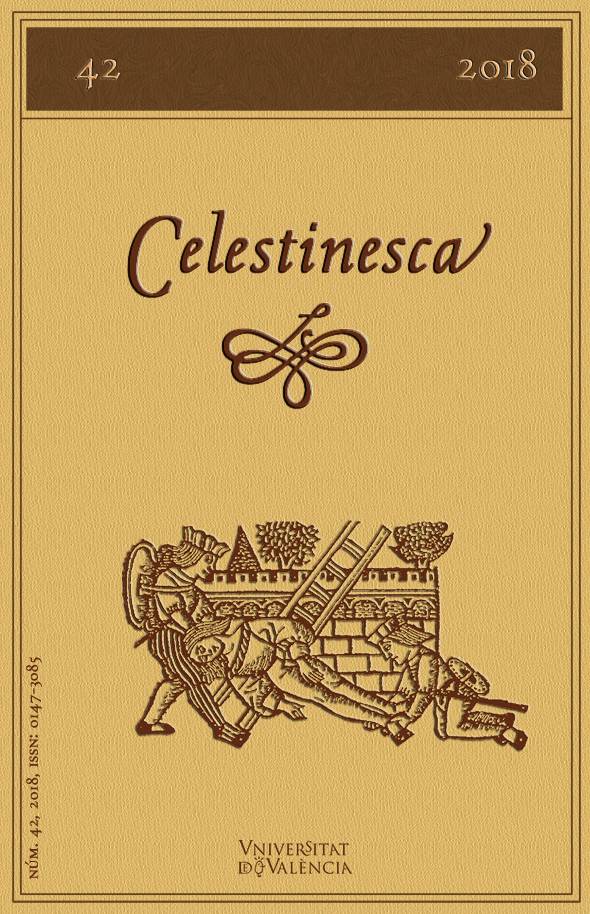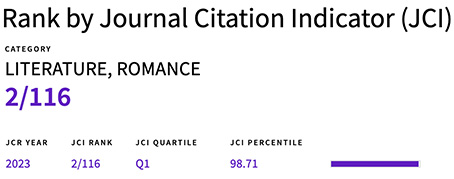From Lucrecia to Melibea: The conception of female eroticism in Piccolomini's Historia de duobus amantibus and in Rojas' Tragicomedia de Calisto y Melibea
DOI:
https://doi.org/10.7203/Celestinesca.42.20221Keywords:
Eroticism, Love, «Ars Amandi», «Gradus Amoris», Sex Abstract
Abstract
It was quite accurate of María Rosa Lida to affirm that Melibea lacks the preexisting models that allow us to comprehend the unorthodox configuration of her character. Nonetheless, there is a female character that shares many more aspects than the ones currently identified with this protagonist. I'm referring to Lucrecia from the Historia de duobus amantibus, by Aeneas Silvius Piccolomini. To appreciate such similarity, this essay explores the process of love of both protagonists with the purpose of substantiating how they fall into the literary tradition and what novelty they present with respect to it. This will allow us to reflect about a particular conception of female eroticism that is presented in both works.
 Downloads
Downloads
Downloads
Published
How to Cite
-
Abstract485
-
PDF (Español)387
Issue
Section
License
![]() Celestinesca is committed to the dissemination of knowledge, that is why access to its contents is free and is ruled by a Creative Commons Attribution-NonCommercial-NoDerivatives 4.0 license.
Celestinesca is committed to the dissemination of knowledge, that is why access to its contents is free and is ruled by a Creative Commons Attribution-NonCommercial-NoDerivatives 4.0 license.
Authors retain the rights to their works. Therefore, they can disseminate them and deposit them in the repository, institutional or not, that they wish. However, they are kindly requested to do so by providing the full bibliographic reference and the corresponding DOI.
Celestinesca does not charge authors for submitting, processing, reviewing or publishing their articles.





